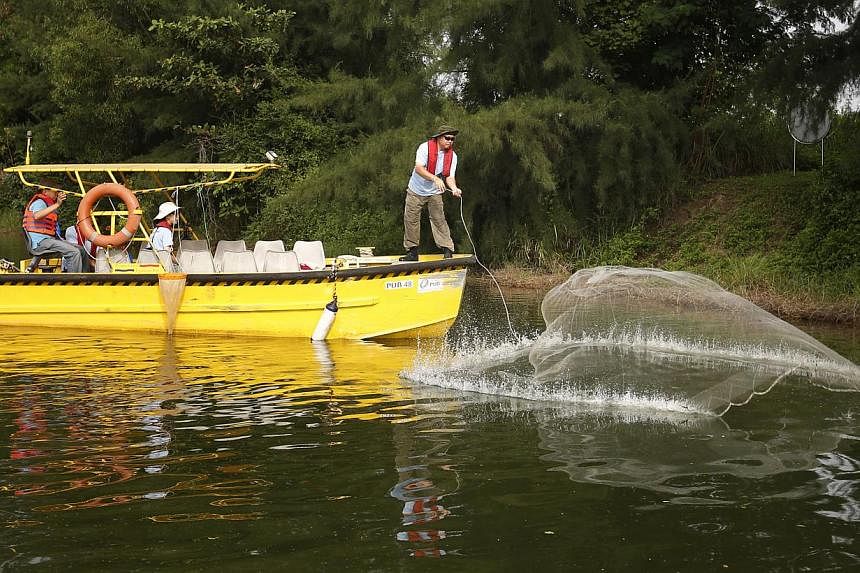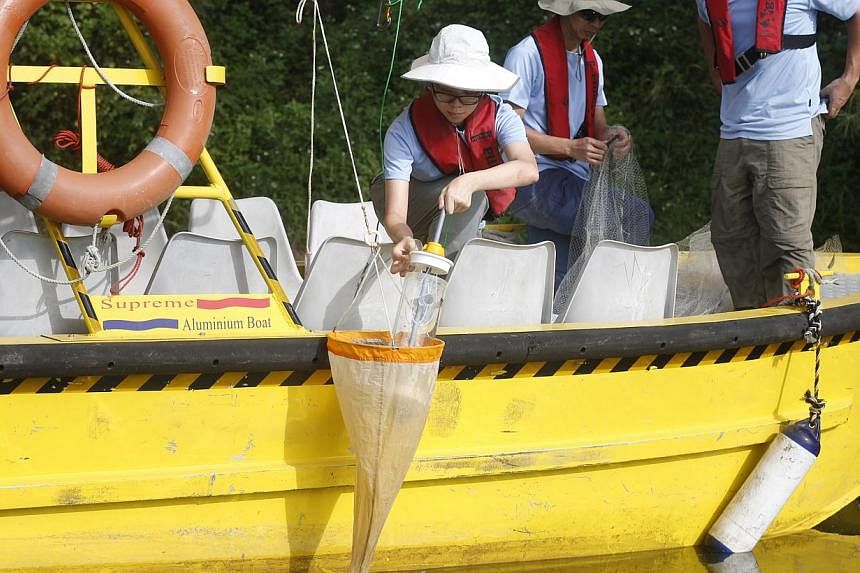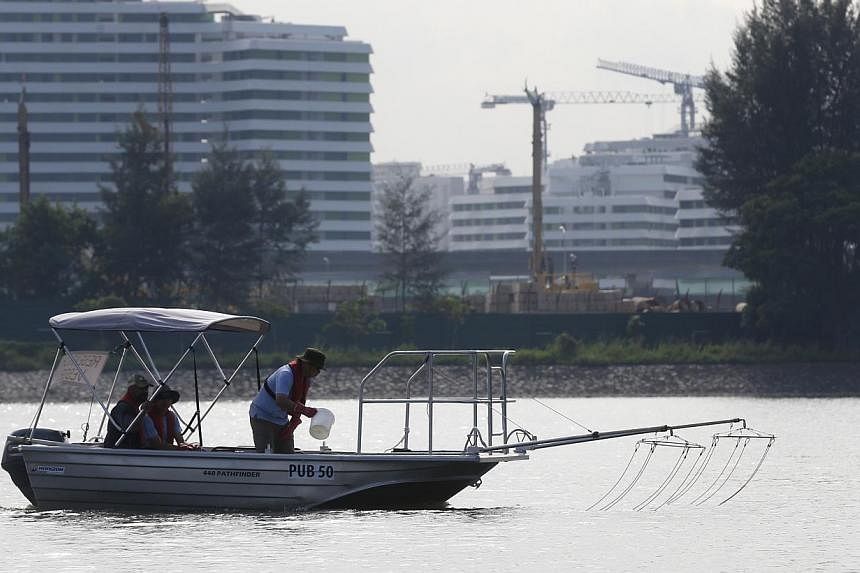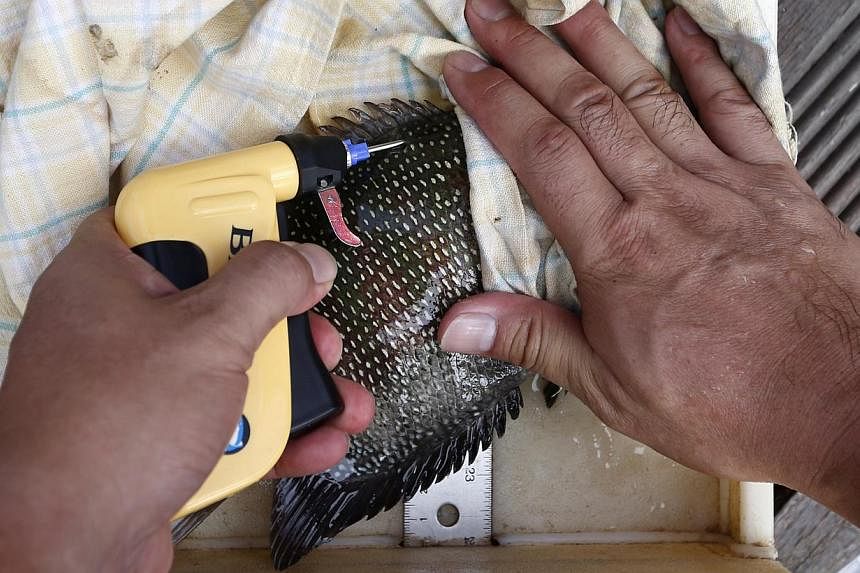Six of Singapore's 17 reservoirs will be studied in the next two years to find out what lives in them and the relationship between the aquatic plants and animals, such as what the fish eat.
National water agency PUB, which is leading the study that starts this week, said the information will allow it to better manage the reservoirs' water quality.
It could also help the agency to prevent and resolve problems such as the midge fly infestations that have plagued the Bedok and Pandan reservoirs in the past.
"If we want fewer midges, we may want to increase its fish predators, but that won't be useful if the predators of the fish are also increasing," said PUB senior biologist Low E-Wen, adding that knowledge of food chains would allow PUB to adjust fish levels for desired outcomes.
The six reservoirs are the Punggol, Serangoon, Pandan, Bedok, Upper Peirce and Marina reservoirs, and they were selected for different reasons.
Between 2006 and 2010, PUB surveyed 14 reservoirs' biodiversity to get baseline data, but it studied only which plants and creatures and how many of each species lived in them, not the species' relationships.
Marina Reservoir was opened in 2008, and the Punggol and Serangoon ones in 2011. They were not ready to be surveyed at the time, hence their inclusion in the new study, said PUB.
Although the Bedok, Pandan and Upper Peirce reservoirs were included in the previous study, Bedok and Pandan were selected for the new one because of their past midge problems. The swarms of insects have been a longstanding problem, with a severe spate in 2011 leading to complaints, some shops closing early and days-long fogging.
Upper Peirce Reservoir, "as a controlled, protected catchment", will be used to provide a contrast to the other more open reservoirs, said Dr Low.
"We will take stock after these six reservoirs are done... and then see if there is a need to continue," she said, adding that some of the study's survey techniques are being used here for the first time and need to be validated.
One such technique is electrofishing. It uses electricity to temporarily immobilise fish so researchers can weigh, measure and tag them before releasing them, to sample fish populations. The fish suffer no permanent harm.
The team from PUB, National University of Singapore's Department of Biological Sciences and Lee Kong Chian Natural History Museum will also study the aquatic creatures' isotopic ratios - which reflect the food they eat - and analyse their stomach contents using DNA sequencing.
For public safety, water activities at the reservoirs will be stopped temporarily during the sampling sessions. A 50m safety zone and a safety boat will be deployed during electrofishing.











